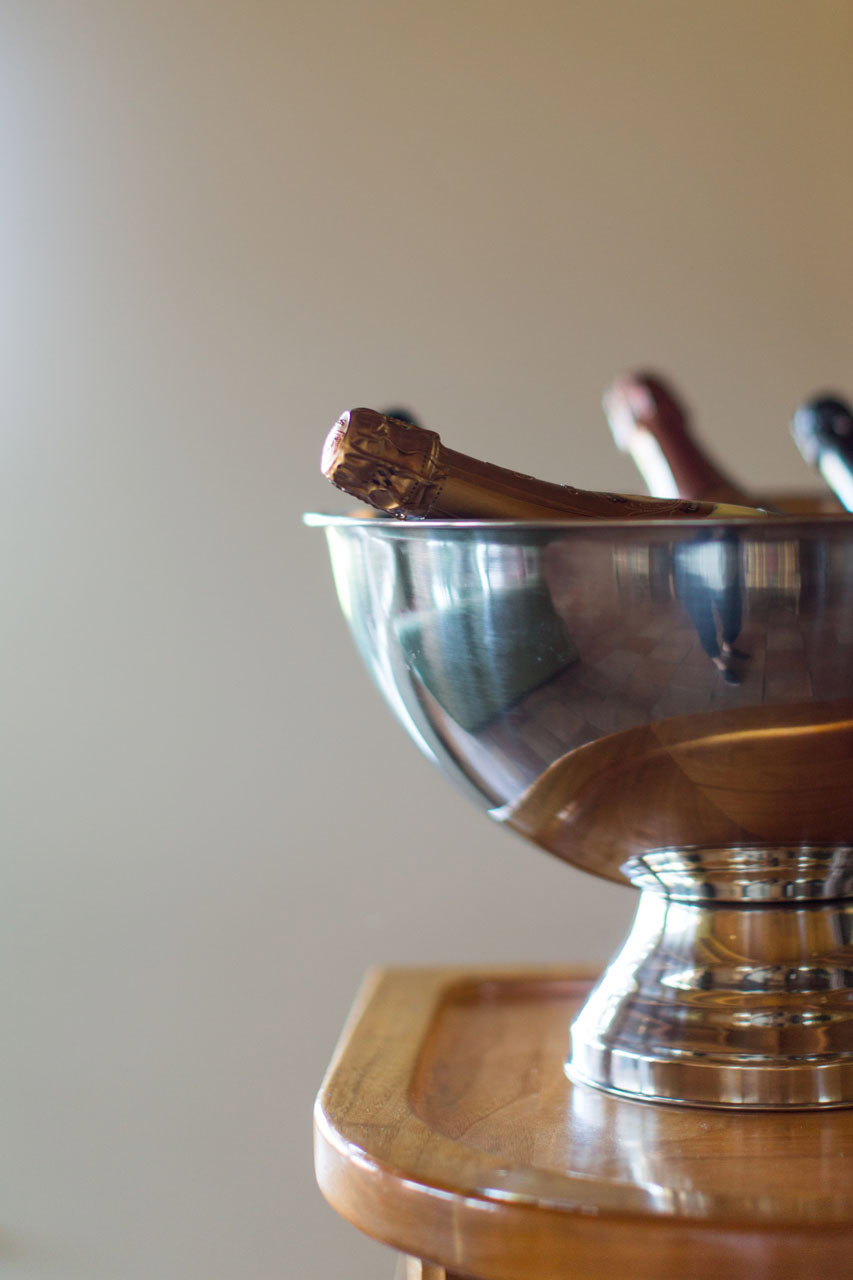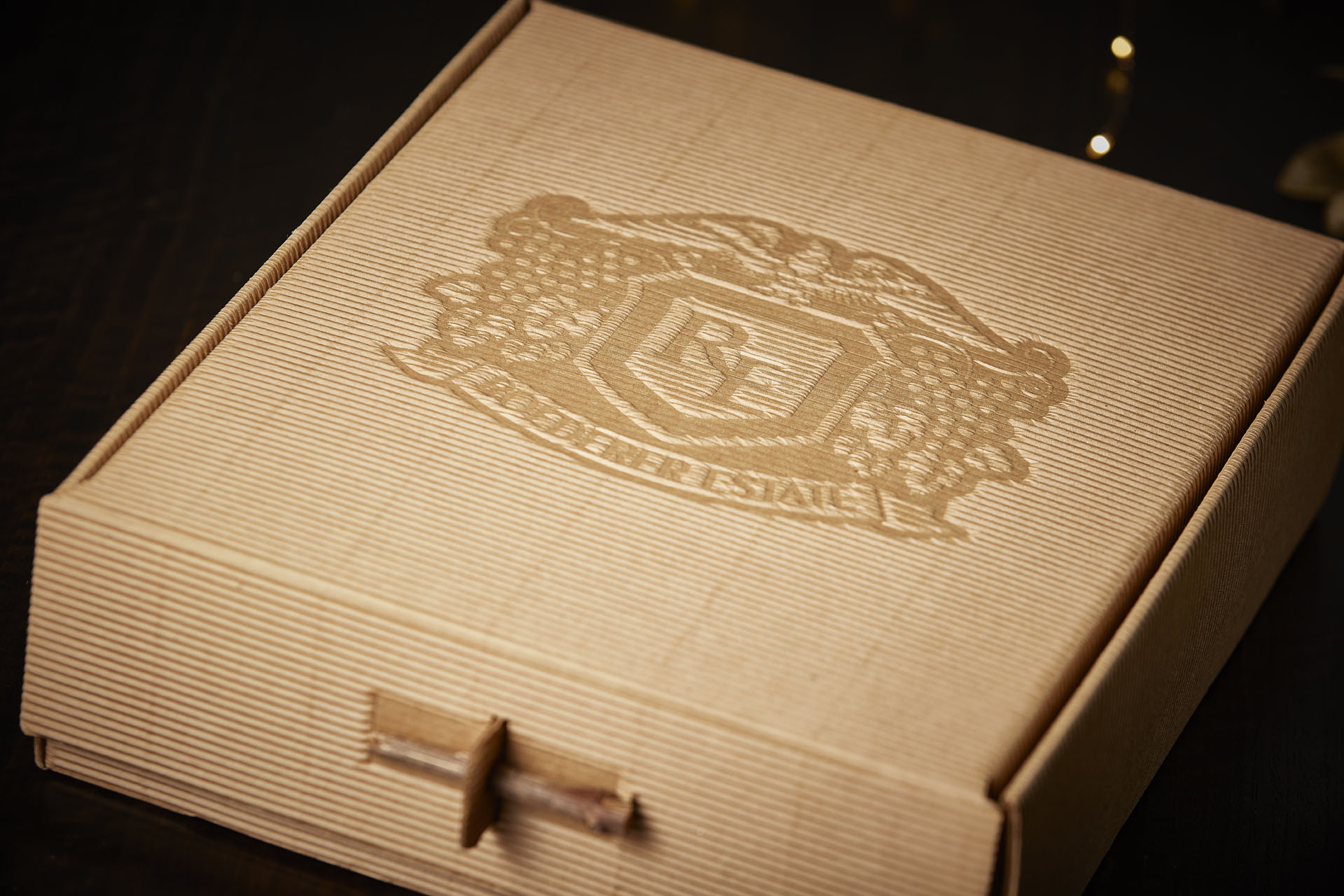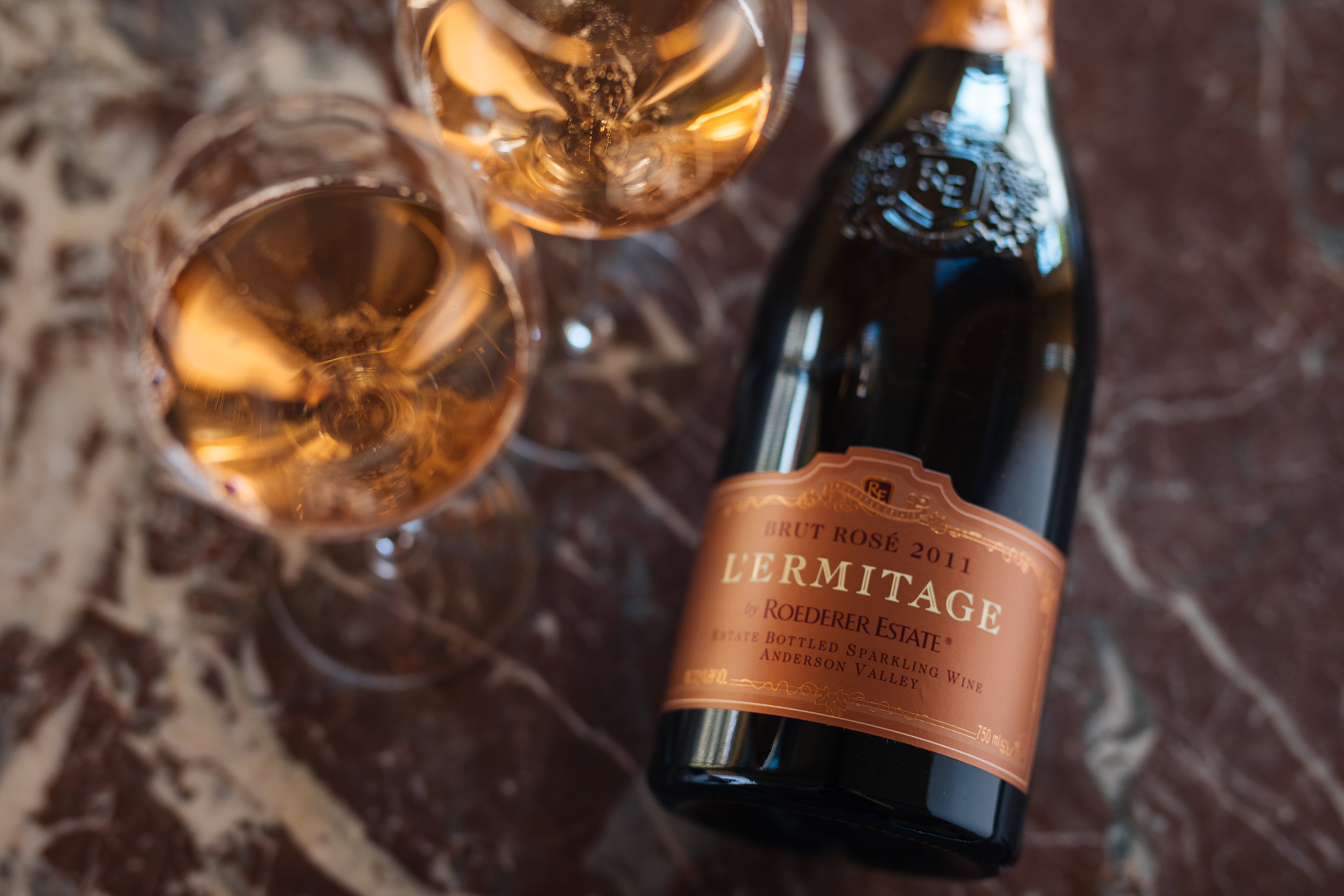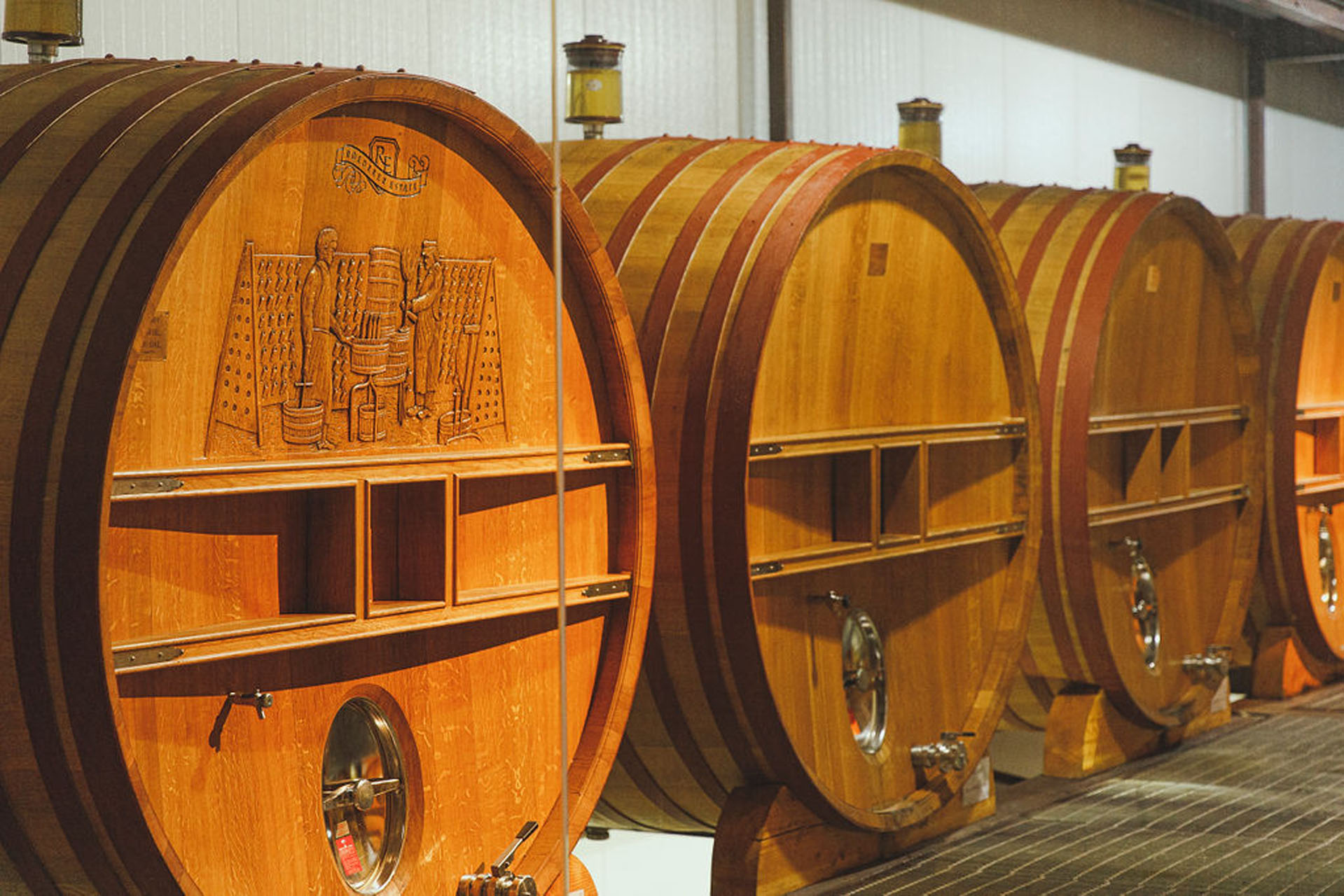
200-Year Tradition of Fine Winemaking
Building on a 200-year tradition of fine winemaking, Roederer Estate Brut was the first California sparkling wine produced by Champagne Louis Roederer, the French Champagne house. It debuted in October 1988 and has since established its reputation as one of California’s premier sparklers, remaining true to the heritage of excellence and style of its French origins. Roederer’s winemaking style is based on two elements: ownership of its vineyards and the addition of oak-aged reserve wines to each year’s blend, or cuvée.
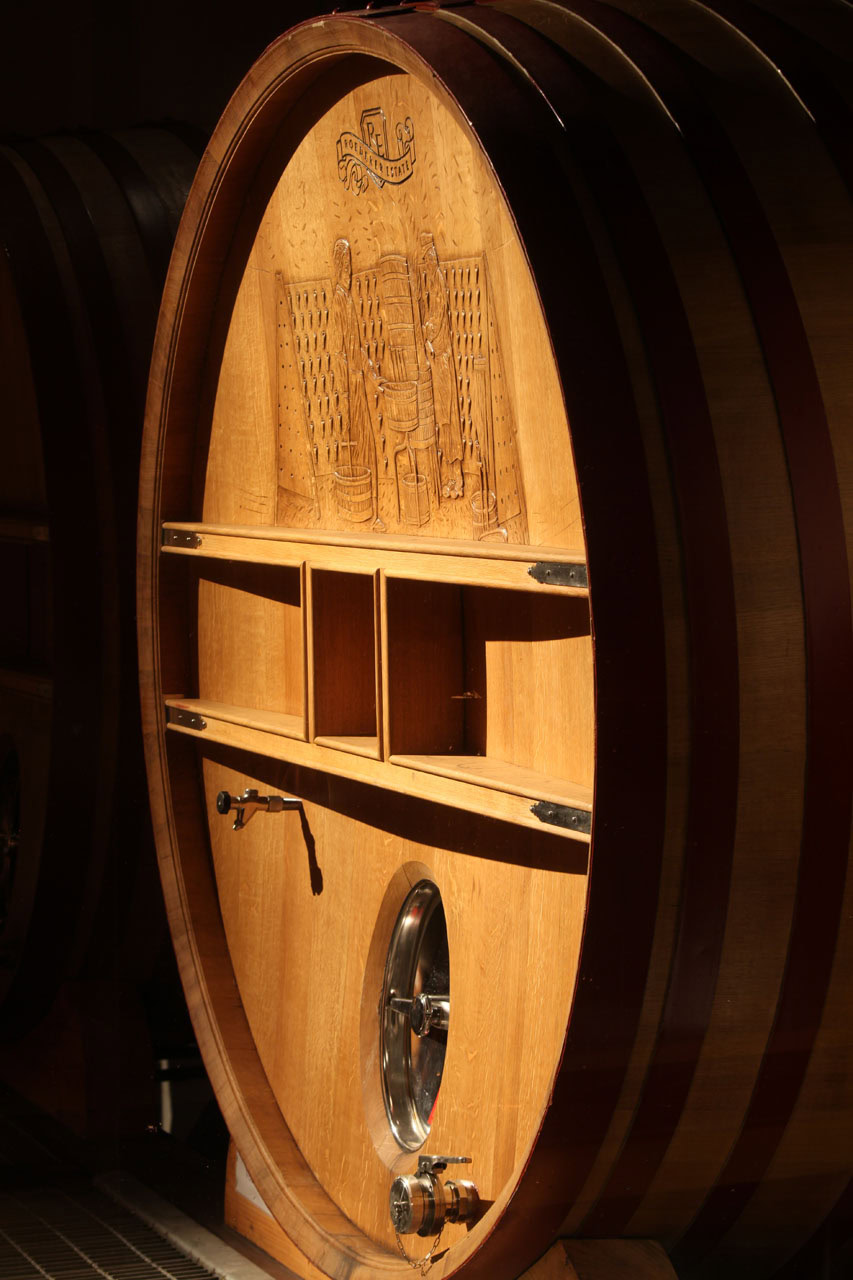
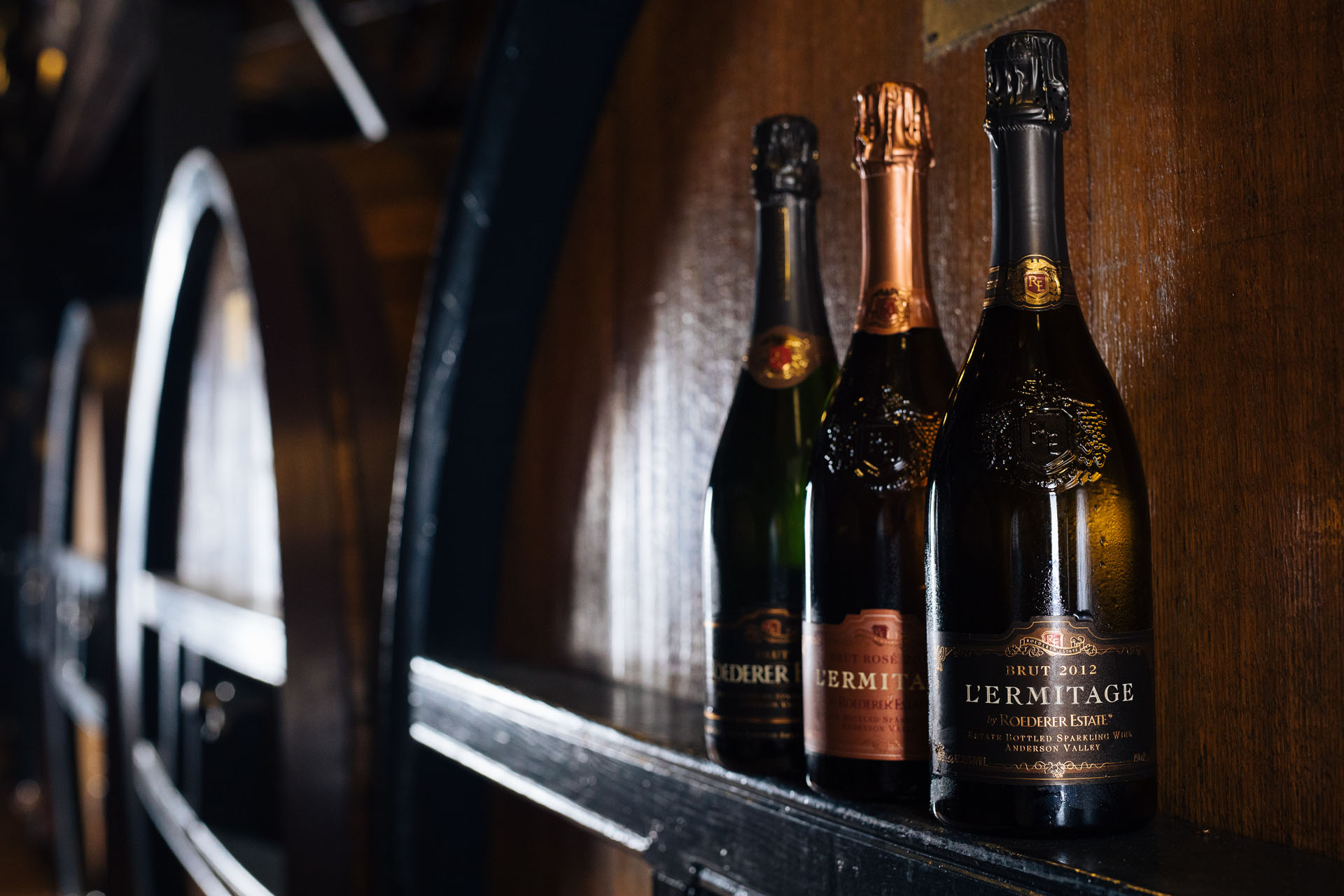
Where Terroir Meets Tradition
Every bottle of Roederer Estate sparkling wine begins with grapes grown exclusively on our estate. Each year, our winemaker selects a portion of the finest wines for aging in large French oak casks (1,200 to 1,800 gallons each). After an average of four years in our reserve cellar, these wines are masterfully blended to create a multi-vintage cuvée in the Roederer tradition—renowned for its depth, finesse, and elegance.
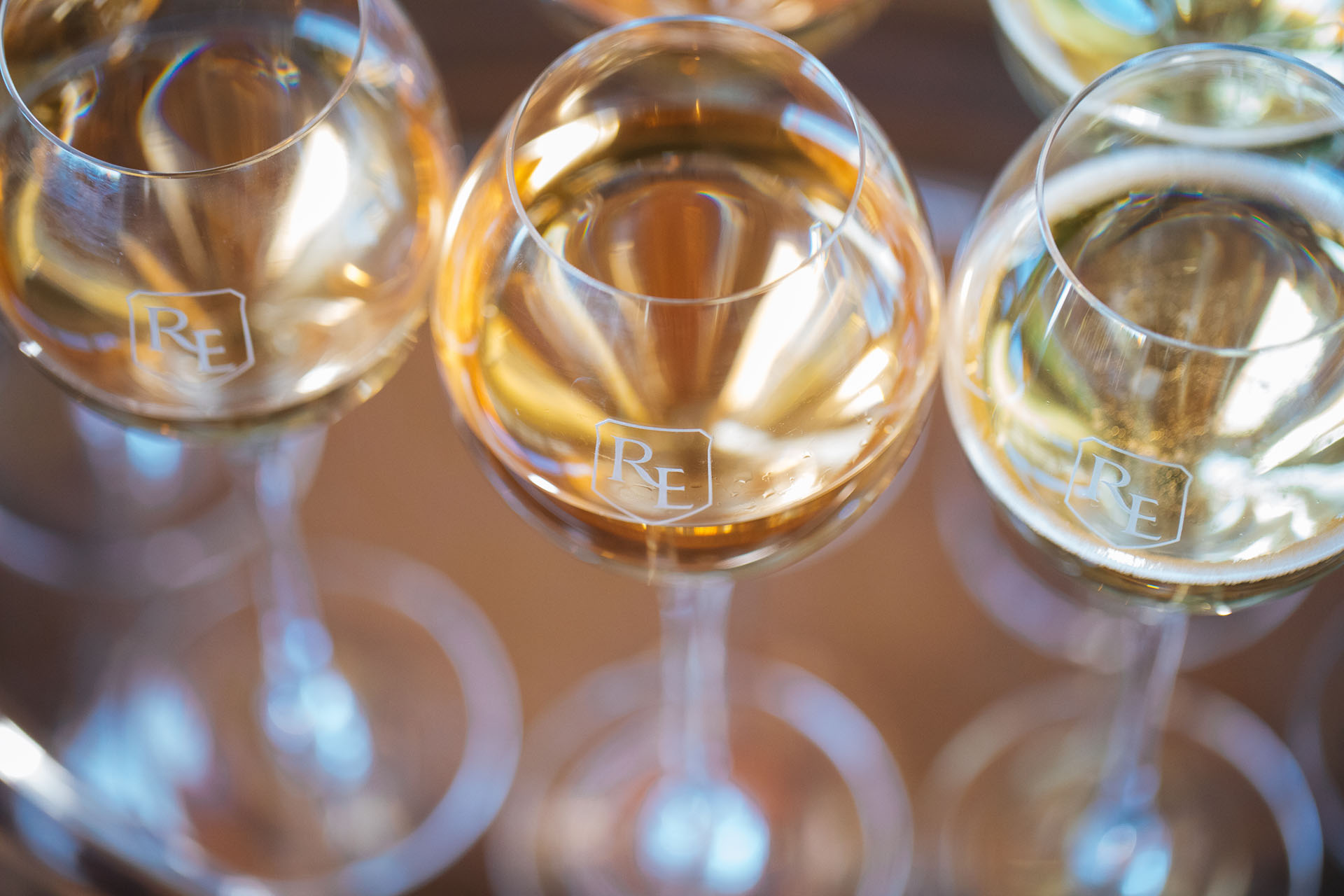
The Beauty of Blending
The classic method, as practiced in Champagne, begins long before the second fermentation. Pressing is a critical first step, requiring precision to extract only the purest juice while avoiding any bitterness—or color—from the grape skins. Just as essential is crafting an exceptional base wine, the foundation of the sparkling wine’s complexity.
After the initial fermentation, wines from different vineyard blocks and grape varieties are kept separate, allowing the winemaker to carefully select and blend them into the cuvée. This meticulous process may incorporate 100 to 200 individual wines, including reserve wines from previous vintages, each adding depth and character. The result is a masterful expression of balance and elegance—one that will reveal its full brilliance through the transformation of secondary fermentation.
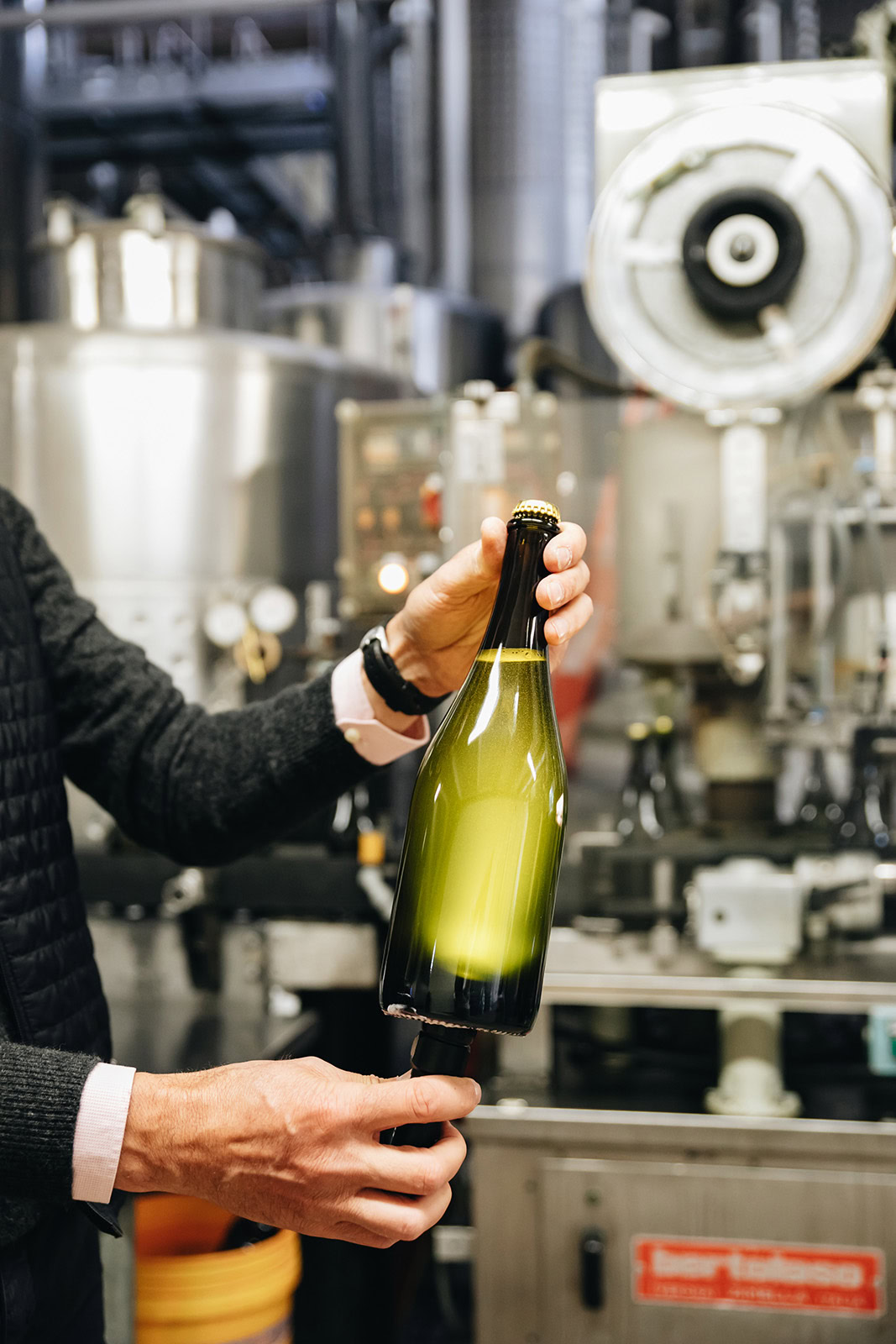
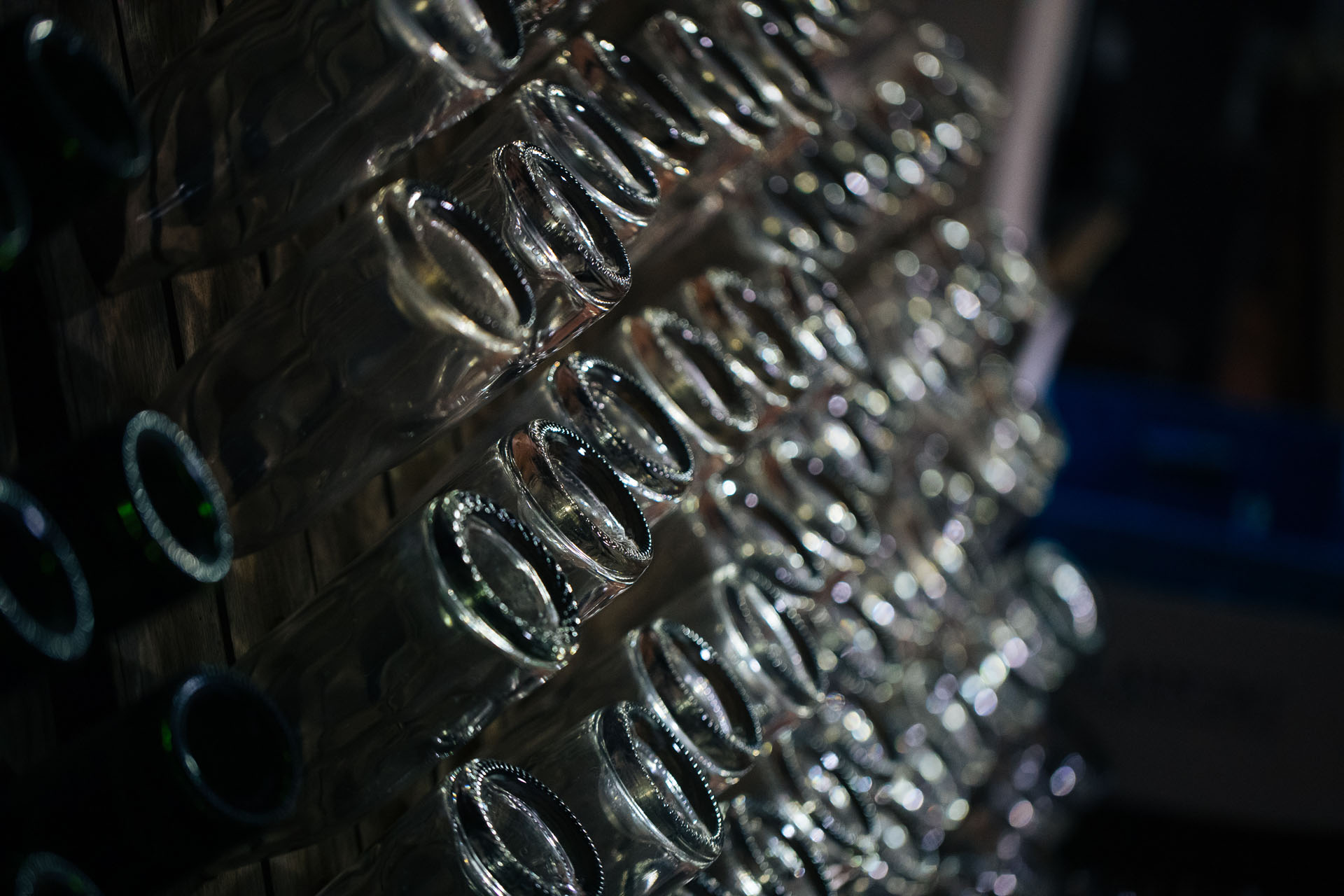
Méthode Traditionnelle
The centuries-old art of bottle fermentation—known as the méthode traditionnelle—is the foundation of the world’s finest sparkling wines. This meticulous process transforms each individual bottle into its own fermentation vessel, a time-intensive and costly commitment. At Roederer Estate, patience is key. Allowing the wine to age on its lees enhances its complexity, revealing layers of brioche, toast, and a rich, creamy texture. Once aging is complete, careful riddling gathers the yeast sediment in the neck of the bottle. Each bottle is then individually disgorged and finished with its final cork—ready to be enjoyed.
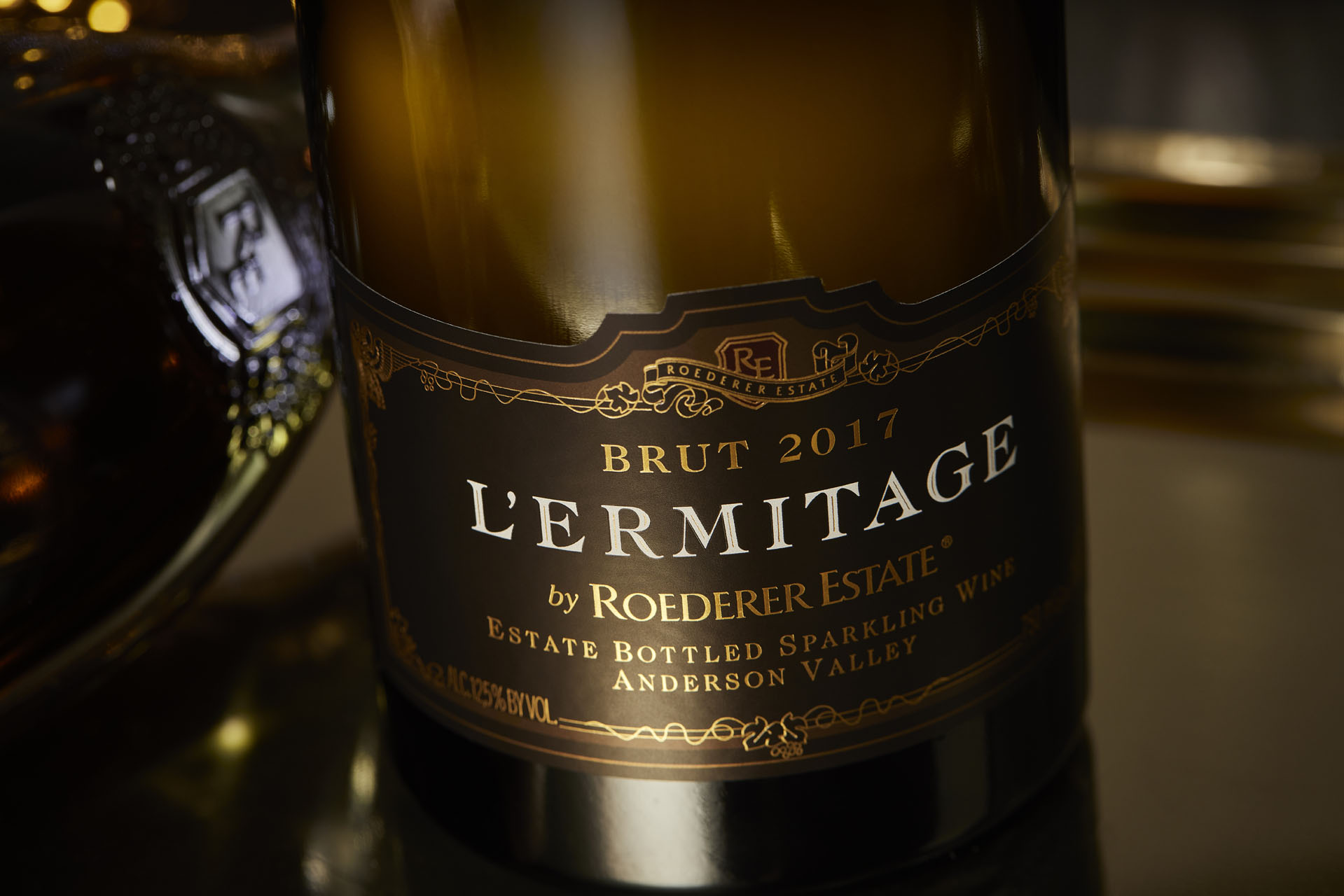
Reserve Wine Program
Roederer Estate carries forward a legacy of French craftsmanship, where every step in the winemaking process is a deliberate choice to enhance complexity and elegance. Honoring this tradition, the winemaker selects the finest lots from each harvest for extended aging in French oak casks. These large wooden vessels encourage a slow, nuanced evolution—deepening texture, enriching flavors, and adding layers of refinement.
Each Roederer Estate cuvée begins with a base vintage, expertly blended with 12% reserve wines from cask-aged lots to ensure consistency and elegance in every bottle. For L’Ermitage, our prestige vintage cuvée, reserve wine is used sparingly—less than 5%—to preserve the purity of the vintage. These carefully aged wines also play a vital role in the dosage, the final touch that perfects balance and finesse after disgorgement.

